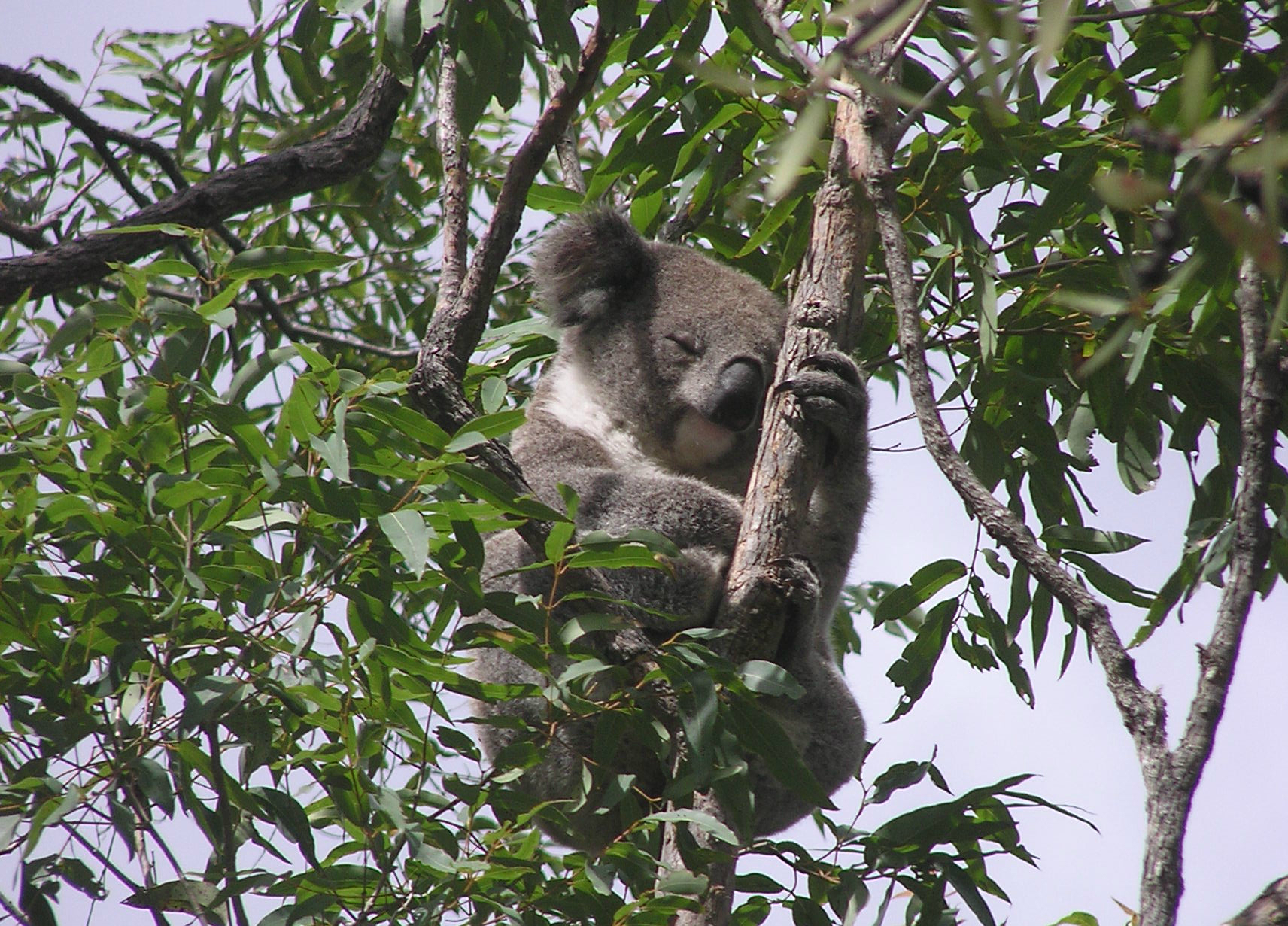Team effort to survey koala populations

The Office of Environment and Heritage (OEH) has joined forces with Wingecarribee Shire Council to find out more about koalas in the Wingecarribee region.
The koalas in Wingecarribee Shire will be the focus of a scoping study to determine the range and health of this charismatic species. The project is part of the OEH Saving Our Species (SOS) threatened species recovery program.
Coincidentally, the koala was first observed by Europeans in the Southern Highlands. It was described as ‘sloth-like’ and thought to ‘burrow with facility’. Loss of habitat has decreased koala populations in Wingecarribee Shire, but despite this koalas remain in the area.
OEH Senior Threatened Species Officer Kylie Madden said koalas were identified as an iconic species within the SOS program, which recognises the importance of this species.
“The Southern Highlands koala population is poorly understood. Survey work will contribute to a greater understanding of the koala in this region,” Ms Madden said
“This initial survey will gauge the size of the population, key habitats and feed trees. It is hoped that this survey will pave the way for more work on the koalas of Wingecarribee.
“If this scoping study is successful, we are considering doing some radio-tracking to determine the full range of koala movements. It would also be useful to collect blood samples to gauge the health of individuals.
“We would also like to get Southern Highlands residents involved to help us track koala movements in the future.”
The northern villages of Wingecarribee Shire, including Colo Vale, Hill Top and Yerrinbool, sit within a patchwork of cleared land and intact vegetation connecting Nattai National Park to the Sydney Catchment Authority Special Areas. This corridor is thought to be important for koalas, as well as other species including the glossy black cockatoo and the gang gang cockatoo.
“Male koalas travel across large areas in search of a mate. Corridors are essential to prevent inbreeding and ensure the long-term genetic health of a population,” Ms Madden said.
“The survey work will begin to tell us just how important this corridor is for the koala.”
Wingecarribee Shire Council’s Environmental Projects Officer Joe Stammers said koalas engaged the community like no other animal.
“Residents of Wingecarribee have already shown a strong interest in the presence of these animals in their neighbourhoods,” Mr Stammers said.
“We are hoping that further work will include a call to Southern Highlands residents to let us know where they see a koala. In the meantime, Council’s Facebook page is the place to let us know of koala sightings – www.facebook.com/WingecarribeeShireCouncil.
“The Council’s Environmental Levy has made it possible for us to contribute to the Southern Highlands koala population survey work. We welcome the collaboration with OEH so we can better understand this iconic species,” Mr Stammers said.
Extra resources:
For high resolution images of the Wingecarribee Koala Study please click here to visit our Flickr gallery.
The photograph accompanying this article was provided courtesy of the Office of Environment and Heritage. Please credit to Kylie Madden.
Read more about koalas:
http://www.environment.nsw.gov.au/threatenedspeciesapp/profile.aspx?id=10616
